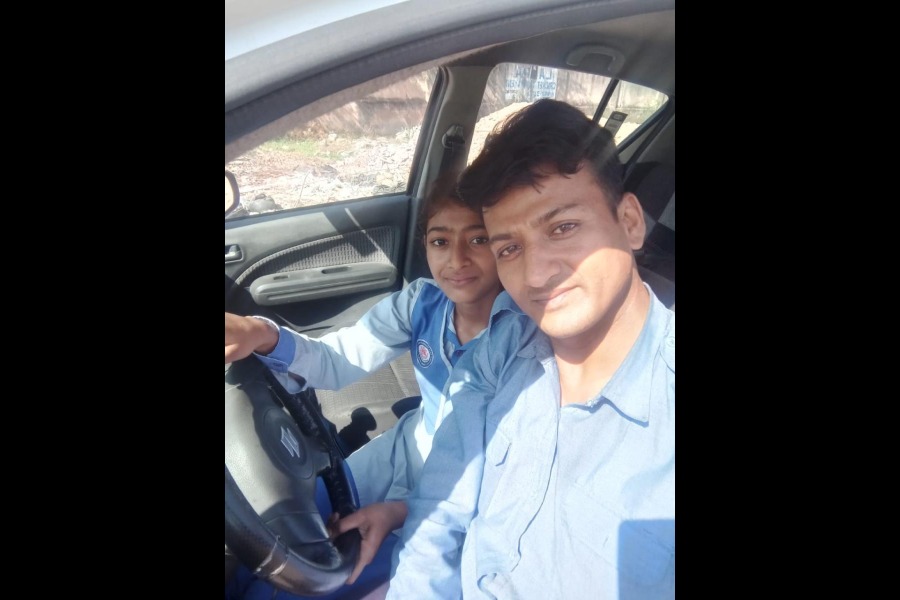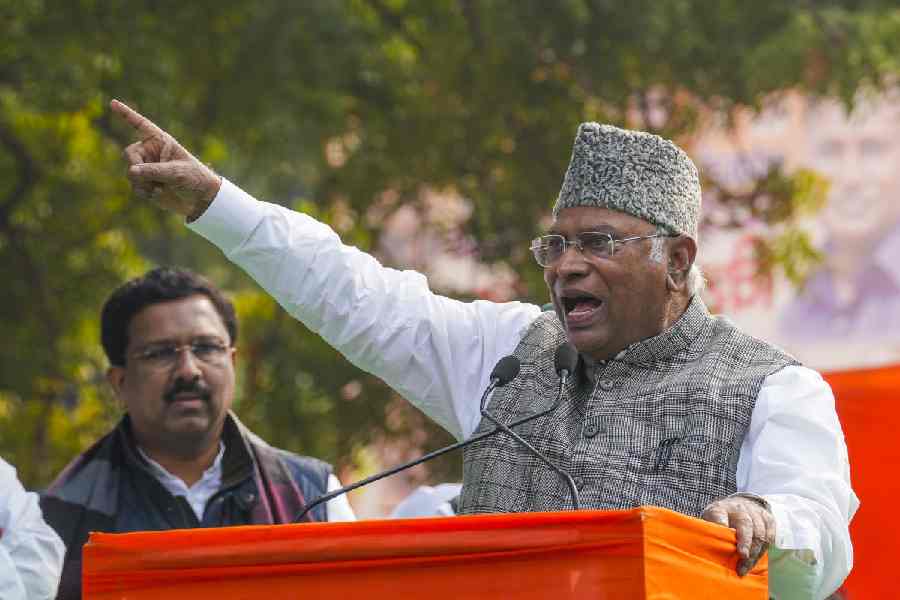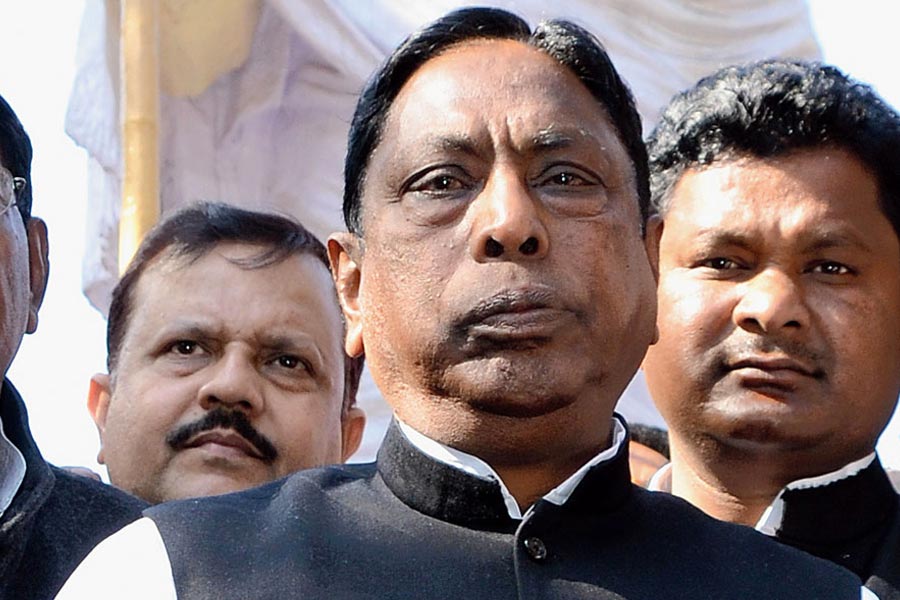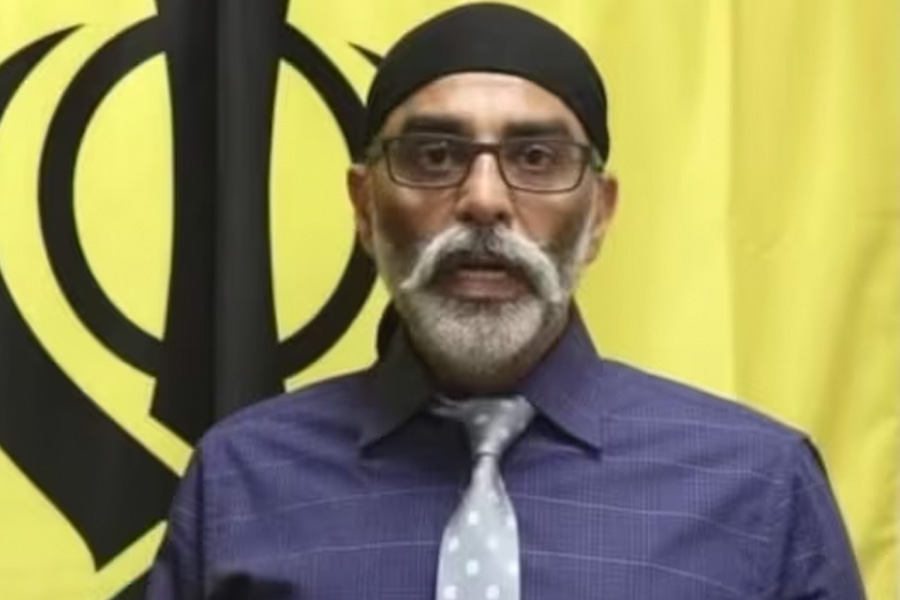Union finance minister Nirmala Sitharaman on Thursday claimed people were "living better and earning better" but Ram Lal, a mini-truck driver in Delhi, begs to differ.
Ram Lal says he works more than 12 hours a day, seven days a week, and his salary translates to about Rs 800 a day. It's a challenge for the family of five to meet all its expenses, including the cost of education for his three children.
Until four months ago, he drove an Uber taxi. But Uber charges a commission of about Rs 50 on an assignment of Rs 200.
"I earned about Rs 800 a day driving an Uber taxi and changed my job to earn better. But I am earning the same while prices have risen. My struggle has increased," said Ram Lal, a native of Sitamarhi in Bihar who lives in a one-room rented accommodation in Dwarka, southwest Delhi.
He added: "The government’s statement about a rise in incomes may be true for the big companies but my real income has fallen. The incomes of my friends, who are casual labourers, too have suffered."
To save costs, Ram Lal has learnt other skills. He repairs the punctured tyres himself, spending Rs 2 on the rubber instead of the Rs 50 he would have had to pay a repair shop.
He buys used tyres at cheaper prices from select shops in Mayapuri. “My income is low, we have to save whichever way possible,” he said.
Presenting the interim budget for 2024-25, Sitharaman said the Narendra Modi government had provided transparent, accountable and prompt administration.
“People are living better and earning better, with even greater aspirations for the future. Average real income of the people has increased by fifty per cent. Inflation is moderate. People are getting empowered, equipped and enabled to pursue their aspirations,” she said.
The Modi government’s Economic Survey report for 2022-23 had aired views closer to Ram Lal’s than the ones Sitharaman expressed on Thursday. This year’s report will come ahead of the full budget, to be presented by the new government after the general election.
The Economic Survey presented on January 31 last year said that real rural wages had fallen while nominal wages had increased at a steady rate till November 2022.
The year-on-year growth of the nominal wages in agriculture was 5.1 per cent for men and 7.5 per cent for women for the period April-November 2022, it said. In non-agricultural activities, the growth of the nominal wages was 4.7 per cent for men and 3.7 per cent for women for the same period.
“However, growth in real rural wages has been negative due to elevated inflation,” the report said.
According to the Global Wage Report 2022-23, released by the UN’s labour arm International Labour Organisation (ILO) in November 2022, rising inflation had caused real wages to fall in many countries.
This, the report said, had reduced the purchasing power of the middle class and hit low-income groups particularly hard. It suggested that the real wages in India grew till 2019 but fell by 4.2 per cent and 0.2 per cent in 2020 and 2021, respectively.
Sitharaman said the government had focused on the development of the poor, women, youths and farmers. She said the Skill India Mission had trained 1.4 crore youths, but did not reveal how many of them had secured employment.
While withholding the Economic Survey, the government on Monday released a report, “Indian Economy: A Review”, that said the gig economy -- where Ram Lal used to work as an Uber driver -- had emerged as a big job creator.
The gig economy provides assignment-based jobs, such as those of delivery agents, app cab drivers, mechanics, beauticians and the like, without providing job security, social security or a fixed pay structure.
“Indian Economy: A Review” said 77 lakh workers were employed in the gig economy in 2021-22, and they included many students.
“The continuing high demand for such services and job flexibility is boosting entry-level job creation in tier-2 and tier-3 cities, including part-time work for students entering the job market or as a shock absorber in case of temporary unemployment, with a high probability of workers moving to better-paying jobs after the platform experience,” it said.
The report quoted Periodic Labour Force Survey (PLFS) data to suggest that over half the employees even in regular jobs were ineligible for social security benefits like pension and insurance.
“Nevertheless, there remain long-existing challenges of formalising a burgeoning workforce, facilitating job creation in sectors that can absorb workers shifting from agriculture, and ensuring social security benefits for those in regular wage/ salaried employment (as per PLFS 2022-23, 53 per cent of regular wage/ salaried employees not eligible for any social security benefit),” it said.










